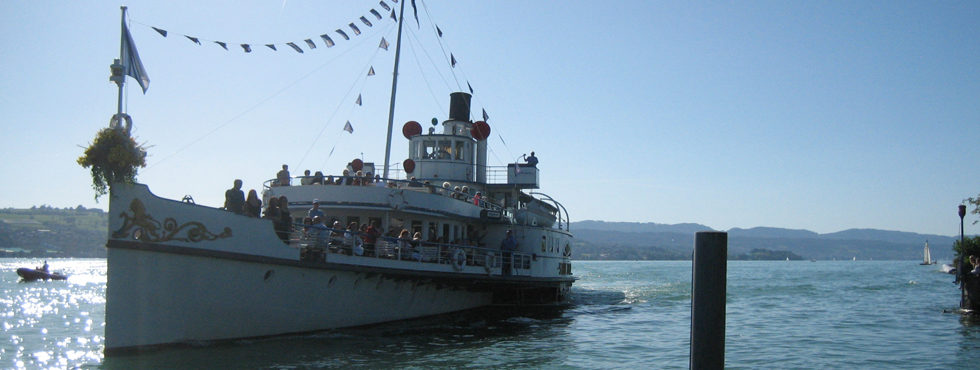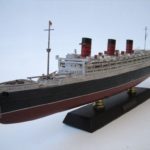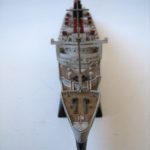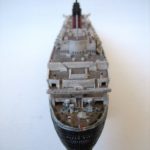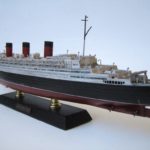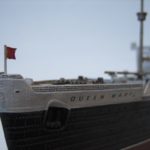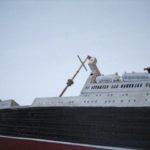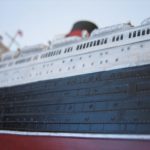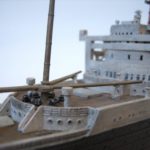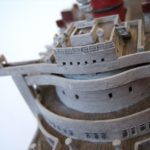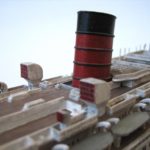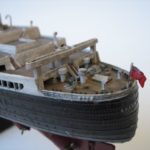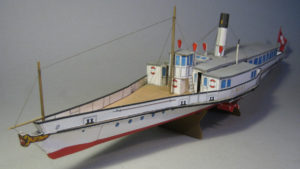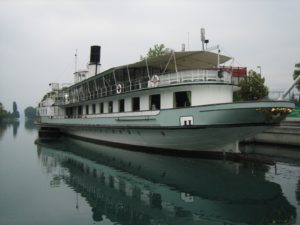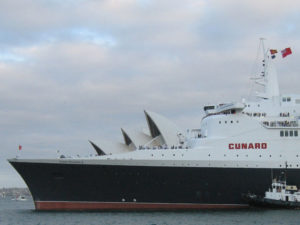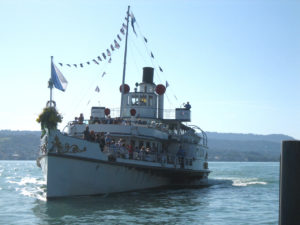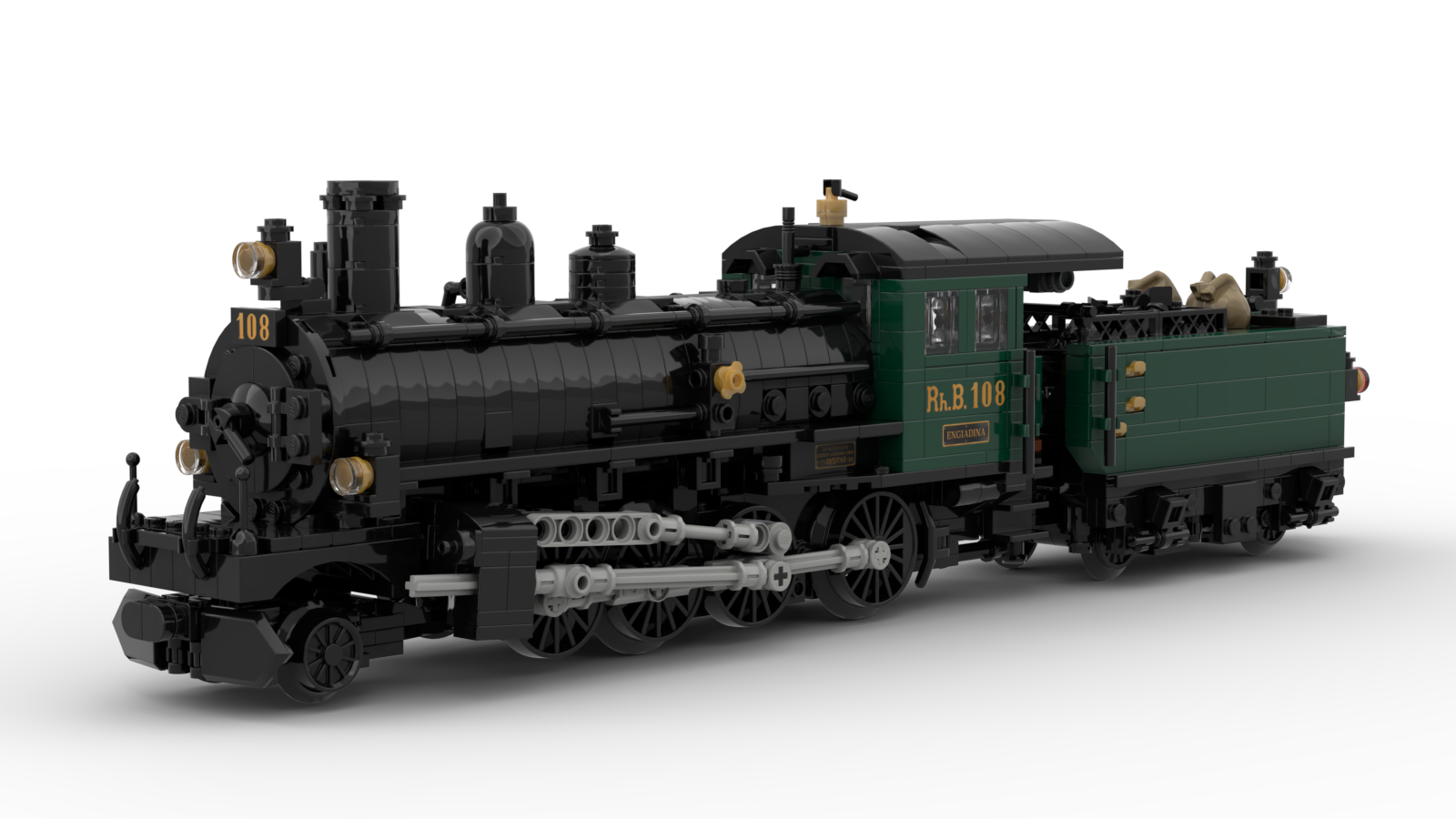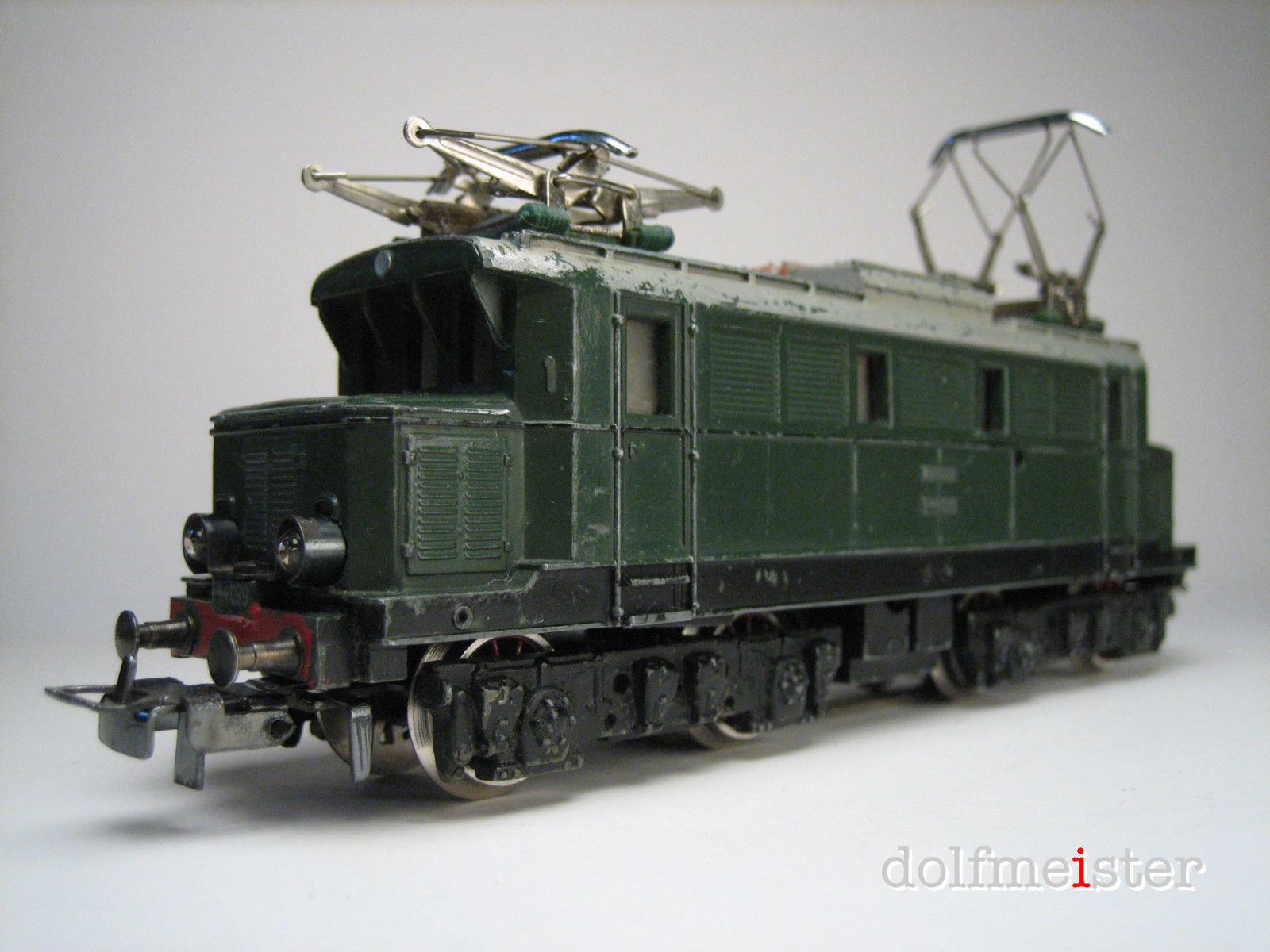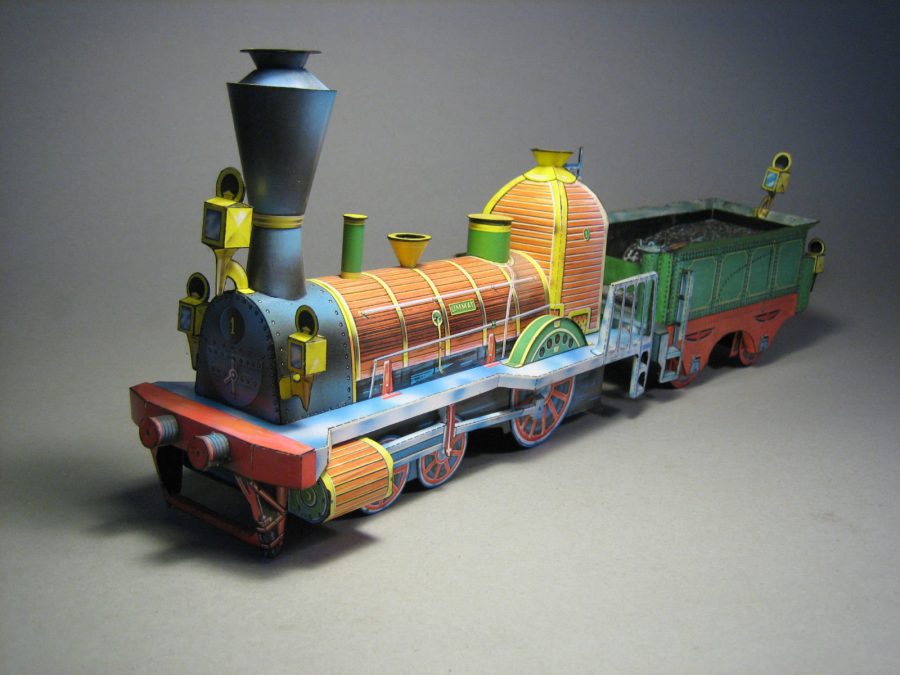…Ships & Boats
Water is the essential requirement for life to exist and humans have always settled on or near water. Throughout the ages, cities and civilisations have depended on it for drinking, hygiene, agriculture and as a source of energy. Water was the super highway per se; finding ways of crossing the oceans was prerequisite for humans to populate every continent on the planet. The development from riding a log to today’s gigantic ocean going ships is quite fascinating and has accompanied human development ever since the year dot.
Ships and boats have been constructed to cross rivers, lakes and oceans for centuries before the railway was invented. The industrial revolution brought about great technological advances and with it the need for ways to transport vast quantities of raw materials and finished products. Wherever navigable waterways did not exist, they were created. A network of canals was built connecting ever larger bodies of water ranging from a few metres wide to the Suez and Panama Canals that cross desert and mountain range to connect entire oceans.
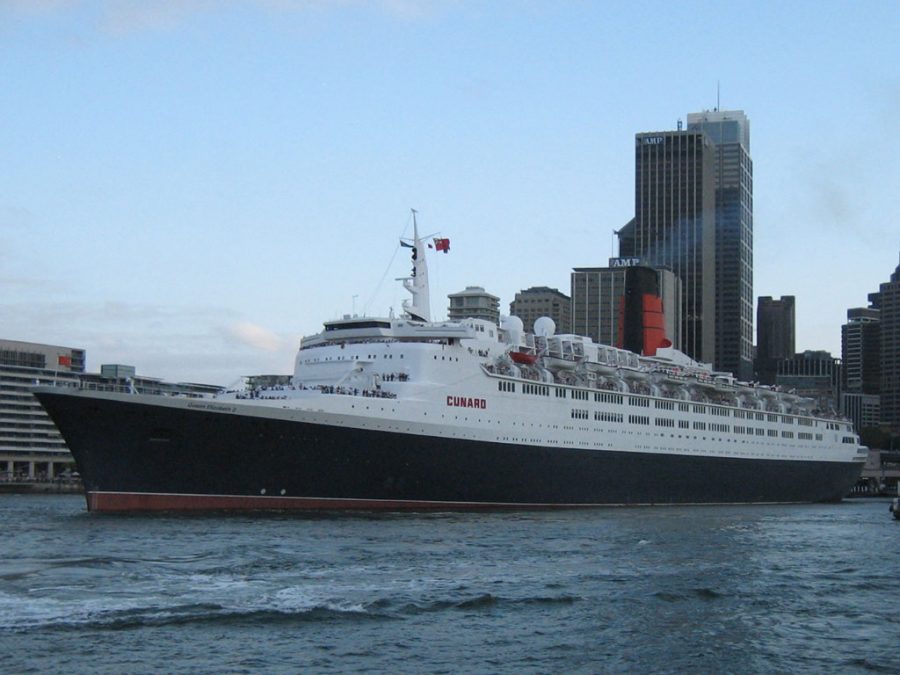
The Cunard liner ‘RMS Queen Elizabeth 2’ departing Sydney, Australia, for the final time.
It was the advent of the steam engine that set naval architecture on an entirely different path. Released from the whims of wind and current, steam powered ships made obsolete the sailing ship in no time at all. It became possible to navigate according to a time table with a fair degree of reliability and the liner was born. The highest degree of sophistication was in crossing the Atlantic Ocean. The route between Europe and New York was the busiest trade link in the world.
The exodus of millions of people to America drove the development of ever larger, faster and more luxurious ocean liners. Steerage passengers were what paid the way and the sumptuous first class decks provided the glamour. Notable names from the Edwardian period include ‘RMS Lusitania’, ‘RMS Mauretania’, ‘RMS Olympic’ and the most famous of all… ‘RMS Titanic’.
My love of ocean liners began when I was about ten years old and I saw on TV, the end of a film called ‘A Night to Remember’. It tells the story of ‘RMS Titanic’ and we switched to the channel just as the ship collided with the iceberg… and I was hooked!
A friend lent me his paperback of the novel. The story and the pictures fascinated me and finding the wreck and restoring her seemed far from impossible. That was before the wreck was actually found and it became clear she would never float again!

Der Untergang der ‘Titanic’
Drawing by Willy Stöwer (Public domain)
To this day, I consume books, technical drawings, documentaries and information about ‘Titanic’ to imagine what it might have been like to be on that ship and understanding the wider historical context. James Cameron’s 1997 ‘Titanic’ film I love because of its meticulous attention to detail that was based on historical research and the then standard of knowledge about how the sinking actually played out. The fact that the hull broke apart at the surface was but a rumour until the wreck proved it to be correct.
‘Titanic’ wreck found news reports, 1985
I have built several model kits of ‘Titanic’ over the years, but none survive. In 2012, I bought the Academy 1:400 Centenary Edition kit with wooden decks and etched brass railings… it is still in the box… one day, I will put it together.
One model boat I have built and I am rather proud of, is the Revell 1:570 ‘RMS Queen Mary’. It took absolute ages to complete; tiny details and tricky corners had to be assembled and painted. All the while I was referring to historic photographs as well as images of the real ship.
RMS Queen Mary departing Southampton for the last time.
The ‘Queen Mary’ had entered service in 1936 and has been permanently moored and used as a hotel at Long Beach in California since her retirement in 1967. Stripped of most of her propulsion machinery, she will never move under her own power again, but many of her striking Art Deco interiors remain as testament to the Golden Age of ocean travel.
‘RMS Queen Mary’ 1:570. The real Queen Mary crossed the Atlantic 1001 times.

